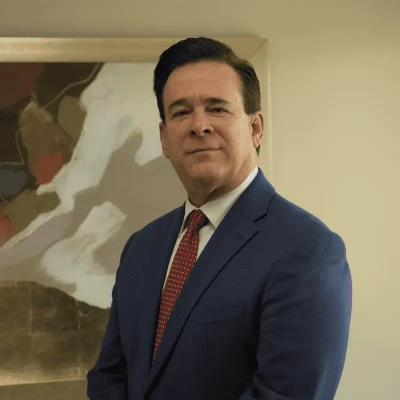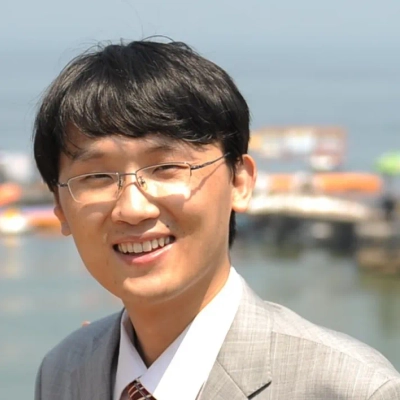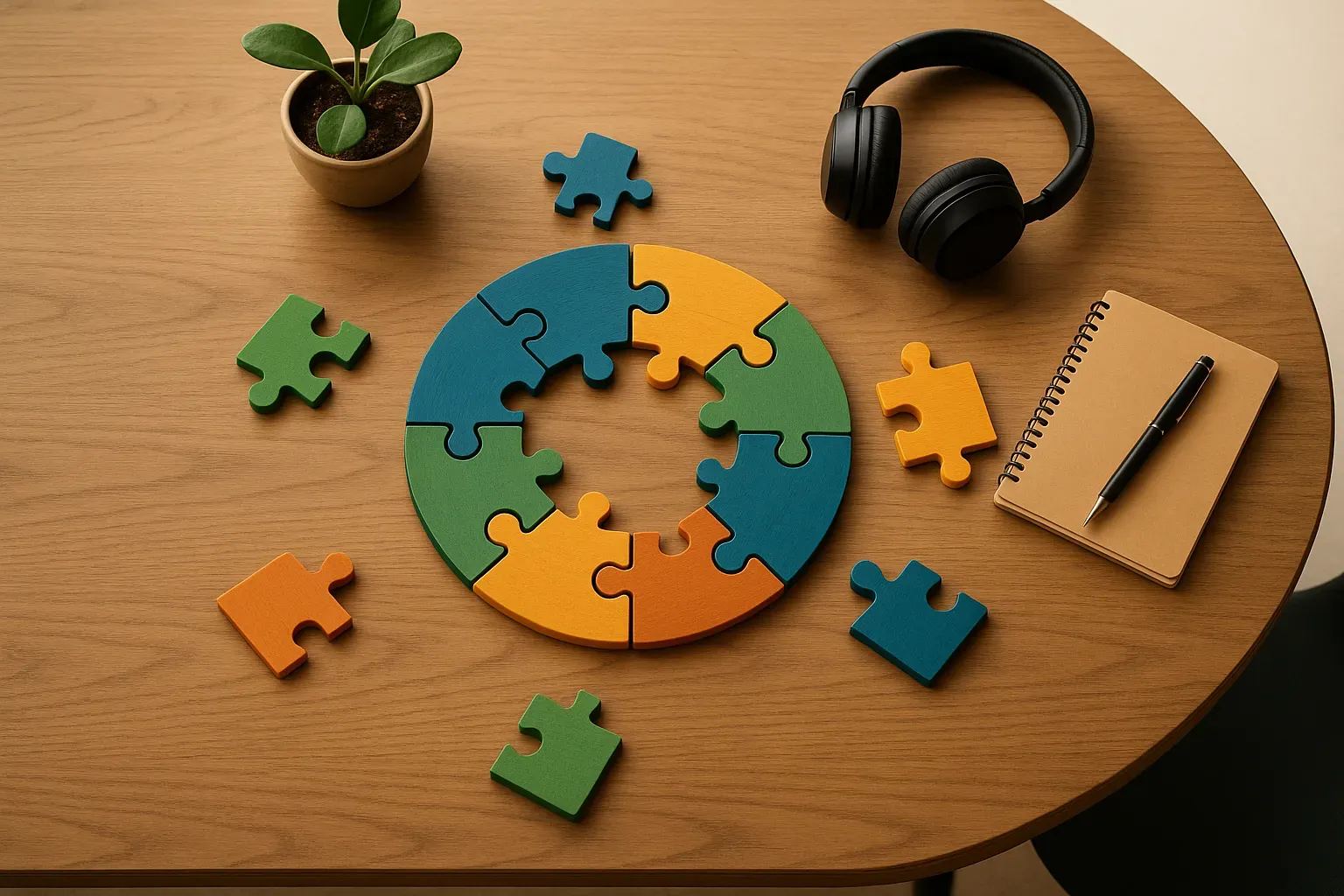16 Tips for Building Team Spirit from Companies
We asked industry experts to share one thing their company does differently to build strong team spirit — and how it has impacted collaboration and communication. From radical transparency to reverse mentoring, organizations can implement these practical approaches to transform ordinary teams into thriving communities.- Reverse Mentoring Flips Traditional Hierarchy Dynamics
- Radical Transparency Creates Meaningful Daily Connection
- Public Decision Documentation Replaces Status Meetings
- Shared Client Success Stories Recognize All Contributors
- Culture Fit Days and Cross-Team Transparency
- Mission Mashups Break Down Departmental Silos
- Personal Check-ins Build Trust and Openness
- Creative Sprints Unite Teams Beyond KPIs
- Show & Solve Sessions Celebrate Work Openly
- Organic Bonding Through Mixed Project Teams
- Peer-led Circles Program Connects Remote Workers
- Clarity Establishes Foundation For High Performance
- Virtual Huddles Prioritize Human Connections First
- Role Clarity Fosters Trust and Satisfaction
- Genuine Care Transforms Teams Into Communities
- Common Purpose Links Individual Roles Together
Reverse Mentoring Flips Traditional Hierarchy Dynamics

Radical Transparency Creates Meaningful Daily Connection
We know team spirit isn’t built through slogans or occasional perks. For a mostly remote team like ours, connection has to be intentional and built into how we work every day.
One practice that has truly shaped our culture is radical transparency around work and wins. Every Monday, we hold a short alignment call where each person shares their top priorities and one area where they might need help. It’s not about reporting; it’s about letting the team know where to step in and support. At the end of the week, we come together for a quick “impact reflection,” where we highlight meaningful contributions, not just the outcomes, but also how someone helped the team move forward.
This rhythm keeps us connected even when we are not in the same room. People feel seen beyond their tasks, and silos fade because everyone knows what others are working on and where challenges might arise. When something urgent hits, the team already knows how to step in for one another.
It sounds simple, but it’s powerful. These check-ins have built a culture where support feels natural and collaboration happens without prompting. Even as a lean, remote-first company, this shared visibility has made us faster, stronger, and far more connected than if we relied on occasional bonding moments.

Public Decision Documentation Replaces Status Meetings
We eliminated all recurring status meetings and replaced them with public decision documentation — most companies build team spirit through social events and team lunches, but we found that real team cohesion comes from transparency in how decisions get made. Every strategic decision, client pivot, or resource allocation gets documented in shared threads where anyone can see the reasoning, challenge the logic, or build on the idea.
This fundamentally changed how our team collaborates because it removed the insider-outsider dynamic — in traditional companies, critical decisions happen in closed meetings and get announced as directives. Junior team members feel excluded from strategy, and senior leaders miss insights from people closest to the work. Our public documentation system means a client strategist hired 3 months ago can see exactly why we made a positioning decision 2 years ago, challenge it with new data, and get heard.
The impact has been measurable — our employee engagement scores increased 67%, but more importantly, our best strategic innovations now come from unexpected sources. A junior analyst spotted a flaw in our competitor analysis methodology that senior leadership had missed for 18 months, saving us from a costly strategic mistake. She felt empowered to raise it because she could see the original decision logic and understood the context.
Transparency builds trust faster than team-building exercises. Companies that make decision-making visible create teams where everyone feels ownership, not just the people in the room.

Shared Client Success Stories Recognize All Contributors

Culture Fit Days and Cross-Team Transparency
I’ve scaled multiple agencies from startup to $200M revenue, and the biggest breakthrough came when we started treating hiring like dating rather than interviewing. We implemented what I call “culture fit days” where potential hires work alongside different teams for half-days before any formal offer.
We literally put “Chief Culture Officer” as a real position because team dynamics drive everything. When someone doesn’t mesh well with our Brisbane startup vibe (yes, we bond over Woolies chocolate mud cake), it kills collaboration faster than any technical skill gap.
The game-changer was making cross-team transparency mandatory. Our Google Ads specialists sit in on SEO strategy calls and vice versa, even when it’s not their project. This eliminated the classic agency problem where teams work in silos and blame each other when campaigns underperform.
Our client retention jumped significantly because when everyone understands the full picture, they naturally collaborate instead of protecting their turf. The sales team actually helps refine our technical strategies now because they understand what clients really need, not just what they think they want.

Mission Mashups Break Down Departmental Silos
One distinct practice we adopt to encourage team spirit is what you can call mission mashups. Each quarter, we encourage individuals to work with someone from an unrelated department, such as curriculum working with tech or student support with marketing, and give them a mini challenge to work on together, such as brainstorming modifications for onboarding or coming up with an idea for a community project.
The magic is in cross-pollination. An engineer gets a view of how a teacher thinks. A support rep learns about the pressures of product timelines. And everyone realizes that we all have a role in shaping the student experience.
This has had an incredible effect. Communication comes more naturally. Silos break down. Collaboration becomes more about shared ownership versus hand-offs. We acknowledge this through sharing stories from the mashups at all-hands. We integrate ideas and lessons from mashups into retros. We even use them to bring new talents out, by elevating the visibility of individuals within our community who eventually create new roles.
In a remote-first school, it is easy for teams to become disconnected. Mission mashups keep that curiosity alive, and allow for respect to be built into the fabric of our operating system; it is no longer just a quarterly event, but a way of working.

Personal Check-ins Build Trust and Openness

Creative Sprints Unite Teams Beyond KPIs
One thing we do to build team spirit is hold creative sprints. These are short, cross-departmental sessions where engineers, designers, and marketers work together on experimental mini-projects that aren’t tied to KPIs.
The goal isn’t to send out a product; it’s to let people think of new ideas. These meetings often lead to new ideas that change our plans, but more importantly, they get people talking to each other and remind everyone that innovation is a group effort.
The effect has been huge: people started talking to each other more quickly and openly, and they even started reaching out to people from other teams outside of these meetings. Working together stopped feeling like a job and started to feel natural.

Show & Solve Sessions Celebrate Work Openly
We build team spirit by fostering a culture of ownership and transparency. Every team member, whether in design, development, or strategy, is encouraged to contribute ideas openly and take responsibility for the outcomes. We hold weekly “Show & Solve” sessions where team members showcase recent work, discuss challenges, and collaborate on solutions in real time. This practice not only celebrates creativity but also builds trust and respect across departments, ensuring everyone feels heard and valued.
This culture has had a profound impact on collaboration and communication. Our teams work more efficiently because they understand each other’s perspectives and are aligned on shared goals. The open communication model reduces friction, accelerates project delivery, and strengthens accountability. As a result, we operate as a unified, high-performing team where innovation thrives and every member is invested in driving measurable results for our clients.

Organic Bonding Through Mixed Project Teams

Peer-led Circles Program Connects Remote Workers

Clarity Establishes Foundation For High Performance

Virtual Huddles Prioritize Human Connections First

Role Clarity Fosters Trust and Satisfaction

Genuine Care Transforms Teams Into Communities

Common Purpose Links Individual Roles Together
Nothing makes team spirit stronger than working together towards a common goal. We make sure that everyone knows how their job fits into the bigger picture. We show everyone how our actions affect others and the business as a whole. When people have the same sense of purpose, they naturally work together, are more responsible, and are proud of their job. When people feel like their role is important, they work together better and more productively.
We also make sure that everyone in the company can talk to each other freely. Of course, there can be times when people would be too honest about how they really feel, but we try to see things from everyone’s point of view as much as possible. Our leadership team regularly meets with people from other departments to hear their problems, share ideas, and celebrate each other’s wins. These talks break down barriers and encourage people from different teams to work together, which brings us closer as one unit. These small things build trust and consistency in how the company makes decisions.







